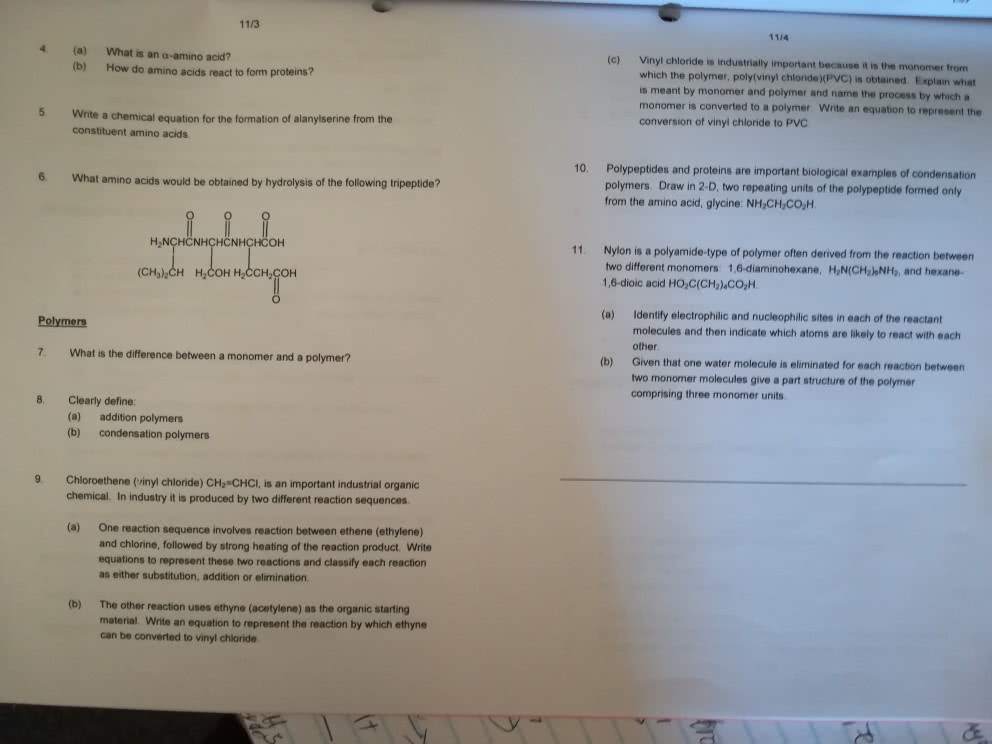Kinesiology 3339A/B Lecture Notes - Lecture 4: Tripeptide, Lysine, Nitrogen Balance
26 views7 pages
4 Jan 2021
School
Department
Course
Professor
Document Summary
Made up of amino acids (20; different combinations make up different proteins) Other amino acids other than the 20, which are called free form or circulating independently . Order of aa determined by the genetic information in the dna which directs the synthesis of that particular proteins. Each aa contains carbon, oxygen, hydrogen & nitrogen (two also contain sulfur) Peptide bond = condensation (loss of water) of amino group of 1 aa with the carboxyl group of another aa. Can have 2 amino acids (dipeptide), 3 aa (tripeptide), about 50-100 aa (polypeptide), or >100 aa (protein) Interactions of side chains causes folding and resultant 3d structure determines function. No energy storage form of protein in the body exists as structural or functional proteins. Structural proteins = the actual physical structure such as your muscles. Makes up about 40% of your body mass. Functional proteins = enzymes, hormones; things that signal or regulate metabolism.
Get access
Grade+
$40 USD/m
Billed monthly

Homework Help
Study Guides
Textbook Solutions
Class Notes
Textbook Notes
Booster Class
10 Verified Answers
Class+
$30 USD/m
Billed monthly

Homework Help
Study Guides
Textbook Solutions
Class Notes
Textbook Notes
Booster Class
7 Verified Answers


